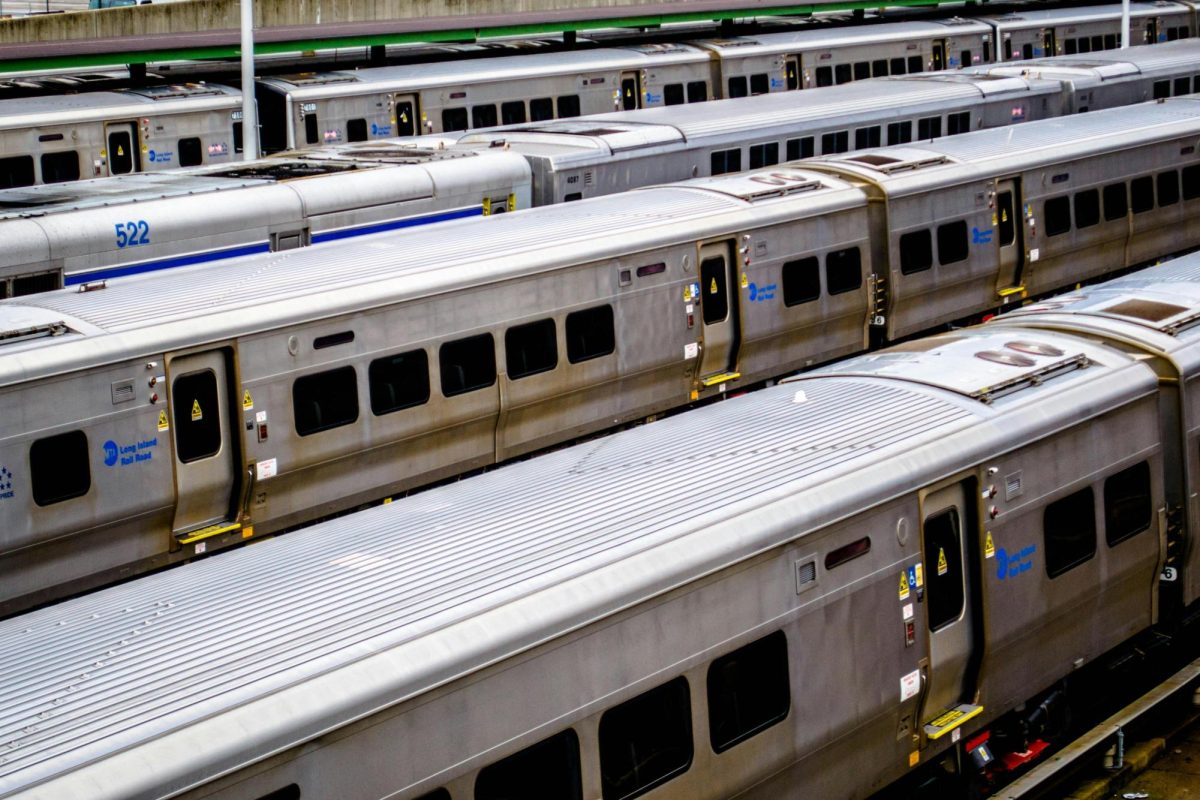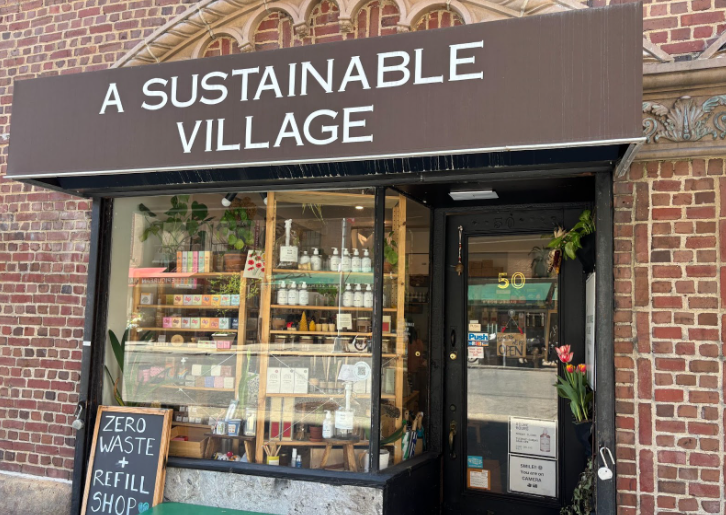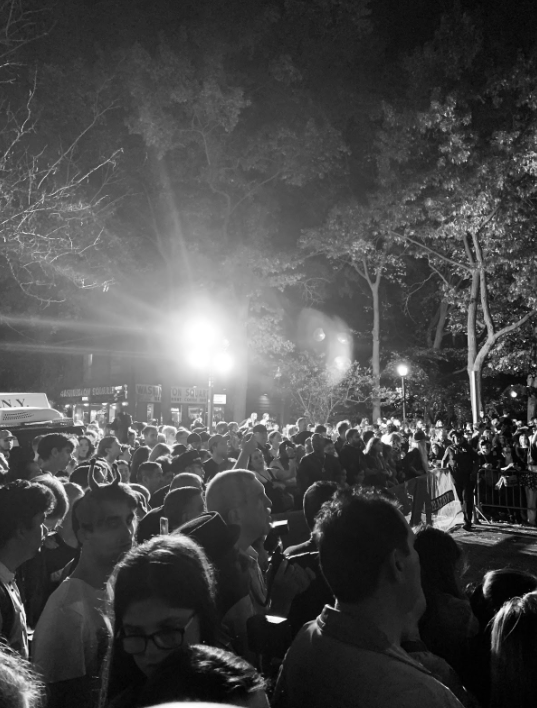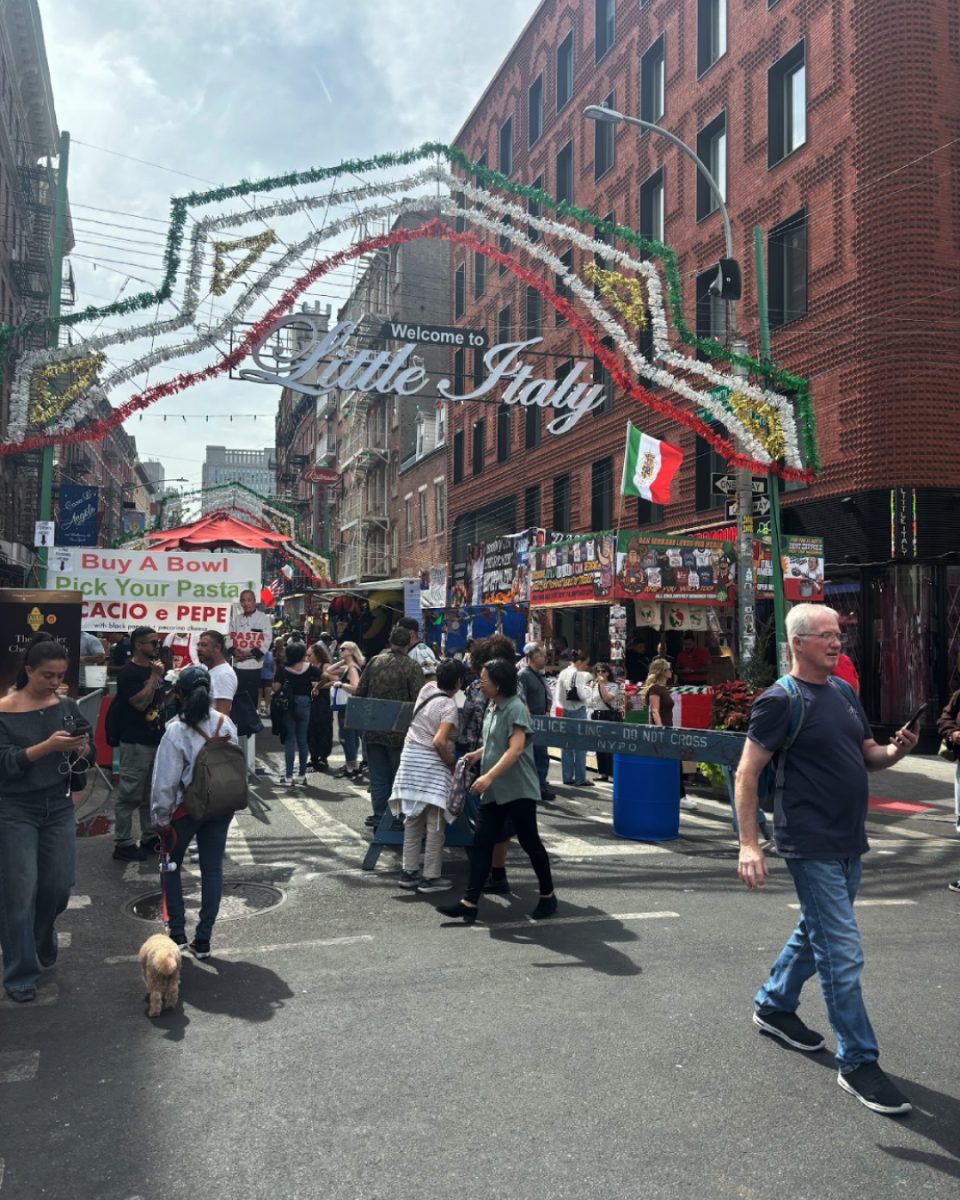A plan to close down New York City’s main jail complex on Rikers Island seemed like a far stretch for many when it was first introduced in 2015. However, in recent years, Mayor Bill de Blasio has vowed to close the notorious facility by the year 2027 with a proposed plan to implement borough-based jails. Mr. de Blasio recently released potential addresses and preliminary renderings that may offer some insight as to what these community-based facilities may look like.
The boroughs of the Bronx, Brooklyn, Manhattan, and Queens will be affected by the new facilities that will house about 1,500 beds each. The plan allows the city to pursue its goal of significantly shrinking the incarcerated population from 8,000 to 5,000. The smaller detention centers would include education and employment training centers as well as mental health facilities. This is a drastic difference in comparison to the nine jails on Rikers Island which have been plagued with allegations involving human right abuse, violence, and corruption.
The city released a statement that listed the addresses of the new facilities as:
- 320 Concord Ave., in Mott Haven, the Bronx
- 275 Atlantic Ave., in Downtown Brooklyn
- 126-02 82nd Ave., in Kew Gardens, Queens
- 80 Centre St., in Lower Manhattan
Speakers from the City Council stated that the closing of Rikers Island marks a new chapter of criminal justice in New York City. By creating detention centers closer to local courts and family homes of those on the inside, the de Blasio administration believes it will create a “smaller, safer, and fairer” criminal justice system within the city.
“I have heard of issues where incarcerated mothers and fathers have issues with Rikers Island because their children have to travel so far in order to see them. With that being said, I think smaller jails scattered throughout the boroughs is a better idea so that families can be closer to one another,” says University freshman and Political Science major Angela Lytle.
University freshman Sydney Solenthaler also viewed the city’s decision from a humanistic approach by stating, “Personally, I think it’s a great idea. This would enable incarcerated people the opportunity to acclimate back into their communities. It also gives them a chance to feel more humane rather than isolated. I say, go for it.”
However, with plans moving quicker than anticipated, backlash from local communities and families within the boroughs is prevalent. Some of the disadvantages protesters have been drawing attention to include tenant displacement, pollution, traffic, and lowering of real estate within the existing area. Furthermore, some feel their community has no say in the mayor’s plan to implement borough-based jails, and that the potential danger of the facilities being so close to their homes is being ignored.
To address these issues, public hearings have been held across the boroughs throughout the month of September and continuing into October. The next step on the city’s agenda is to present a single land use application for all four jails which will go under City Council votings next summer, in the hopes of accelerating the plan that aims to improve the criminal justice system and reintegrate those on the inside into society.
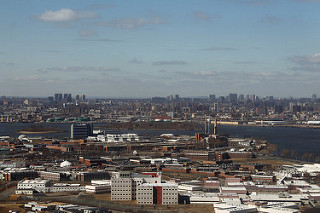
Credit: Flickr/formulanone


